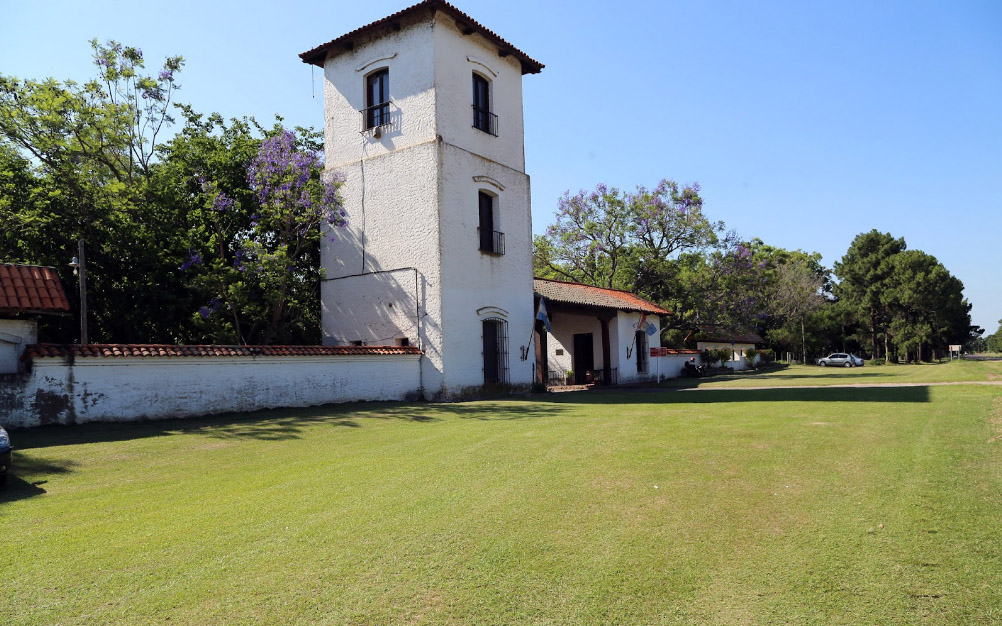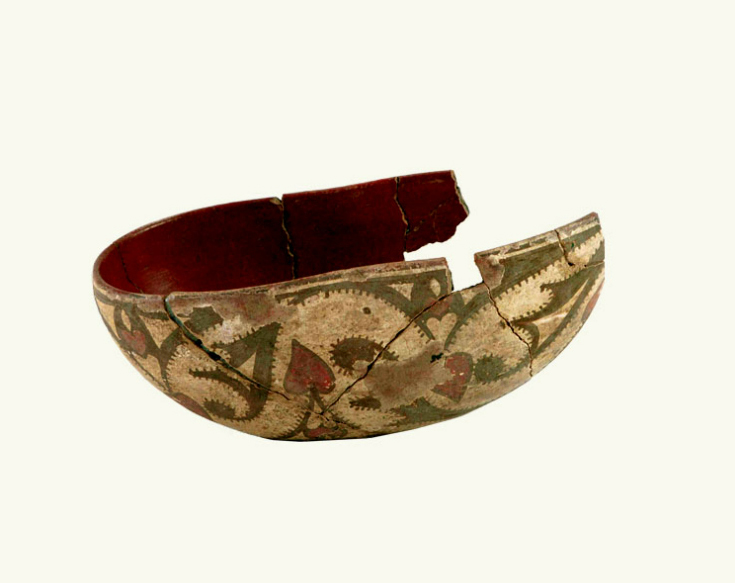Stroll, rest, meet, learn, get excited... Cultural tourism is practiced all year round and the attractions can be just around the corner. All you need is a curious mind and the desire to enjoy.
From our space we continue to offer options; this time with a walk to our remotest history, to the remains of a city that, like Pompeii, emerged from its lethargy after a long time. We are referring to the original site of the city of Santa Fe (Argentina), the exhumed ruins of Cayastá, today the Ethnographic Museum and Archaeological Park of Santa Fe la Vieja.
That town was founded on November 15, 1573 "in this province of Calchaquíes and Mocoretáes" -as indicated in its founding act-, and Captain and Chief Justice Juan de Garay traced his drawing on the banks of the Corrientes River. Over the years, the flooding and the deterioration of its ravines, in addition to the attacks perpetrated by the Guaycurú, forced its authorities to move to its current location. That move, carried out by about a thousand souls, took place between 1660 and 1670, and in the new destination the plan of the original urban center was repeated.
The truth is that the traces of the original settlement were lost over time and it took more than three hundred years until an intrepid researcher, Agustín Zapata Gollan (1895 - 1986), rescued from oral memory the reference to Cayastá as the site of the primitive city of Santa Fe. That tradition indicated that the remains had been visible until the end of the 18th century, when the Spanish scientist Félix de Azara pointed out, in 1796, "Santa Fe la Vieja that they now call Cayastá".
The collapse of the ravines together with the natural deterioration of the precarious abandoned structures; rainfall, soil displacement, vegetation cover; everything encouraged his final loss. Let us think that these remains were finally incorporated into the Cayastá Colony founded in 1867 and were incorporated into the plots assigned to the new settlers, forming part of the cultivated areas; For decades, they received the plow that leveled land and extracted bricks, tiles, wood and other objects -even religious medals and coins- that were removed from the ground to facilitate the tasks of growing grains and even fruit trees. Next to the ravine, a hill preserved its profile and there, in 1923, a monolith was built remembering that by tradition, that was the place where the first city had been built.
Zapata Gollan was responsible for the discovery that today we can enjoy surprised. In July 1949, excavations began that uncovered the remains of the ancient walls and some skeletons of the first settlers, finding the bones of Hernandarias de Saavedra -the first Creole governor of the Río de la Plata- and his wife, the daughter of Juan de Garay; they had located the old church of San Francisco and the historical documentation corroborated the exhumed material testimonies. However, criticism soon arrived and it was necessary for a commission from the National Academy of History to travel to the site. In 1952 came his opinion: the ruins of Cayastá are the remains of the ancient city of Santa Fe founded in 1573.
By then, studies in the field were advancing and the existence of other building structures was confirmed; is that Zapata Gollan had verified that the layout of the new city preserved the location of the plots awarded to the neighbors, the council and the churches in the abandoned site. Thus came to light, among others, the remains of the Cabildo and the churches of Santo Domingo (1) and La Merced, and the homes of some of its neighbors.
In seven decades of work, the most varied testimonies of life in that colonial population have been extracted; jars, medals, irons, tiles, indigenous pottery, cattle brands, farming tools and other various utensils, all archaeological remains that allow telling the story of one of the first Spanish towns built in our current national territory, where Hispanics, Creoles African, indigenous and slaves.
Today we can visit this site museum that has become the Santa Fe la Vieja Archaeological Park and the “Juan de Garay” Ethnographic and Colonial Museum, declared a National Historic Monument. It is located in the province of Santa Fe, at km 78 of Provincial Route No. 1, 255 km north of the city of Rosario.
We indicate their visiting hours. Saturdays, Sundays and holidays: from 9 a.m. to 3 p.m. And Tuesday to Friday, from 8:30 a.m. to 12:30 p.m. and from 2:00 p.m. to 6:30 p.m.
Note:
1. In his time, Zapata Gollan recounted: “I measured two blocks to the west of what I considered the ruins of San Francisco and then one block to the north, where I found the ruins of Santo Domingo located and oriented also as the current church of the Dominicans of Santa Fe.

